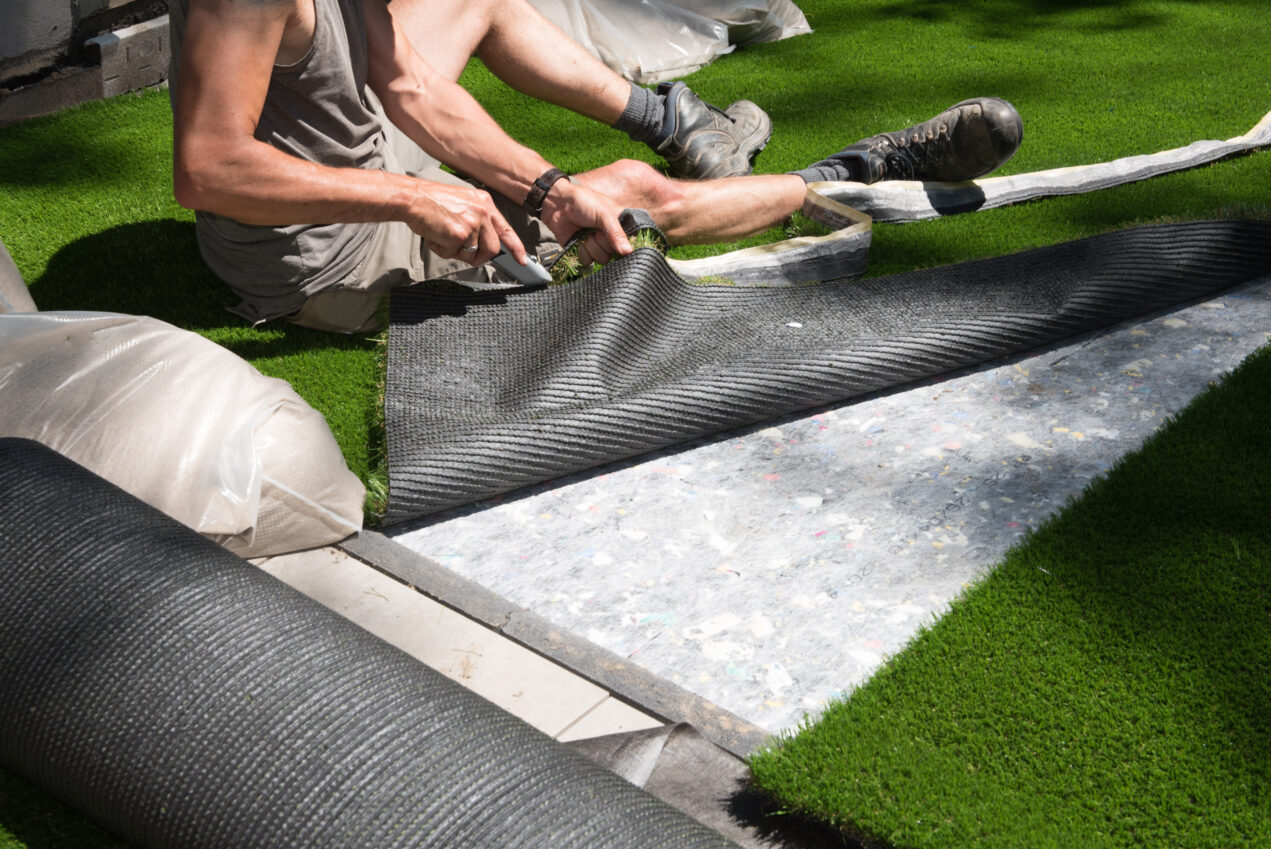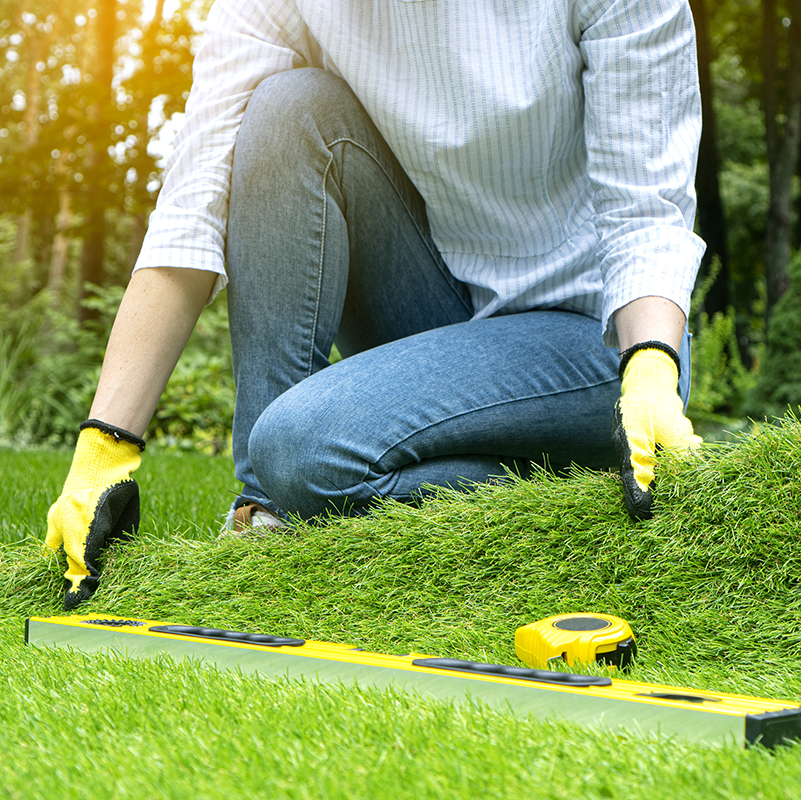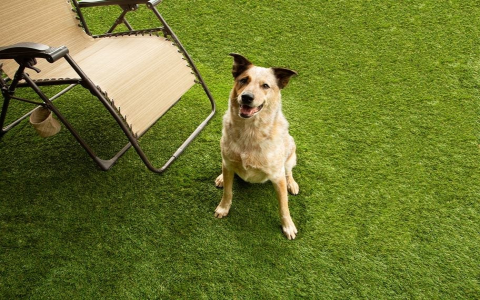Right, so I finally got around to sorting out that patch of mud that used to be my lawn. Decided artificial grass was the way to go. Tired of mowing, tired of the muck. Let me tell you how I tackled putting artificial grass down directly onto the soil area I had.
Getting the Ground Ready
First things first, I had to clear out the old mess. That meant digging up the existing patchy grass and all the weeds. This was sweaty work, not gonna lie. Used a spade and just got stuck in. You need to go down a fair bit, maybe 3 to 4 inches, to get rid of the roots and make space for the new base.

Once the area was cleared, it looked like a proper mess, just bare soil. I made sure the ground underneath was reasonably level, broke up any big clumps of dirt. Then, the important bit: getting a solid base down.
- I got a load of crushed rock, I think they call it MOT Type 1 or something similar? Spread that out evenly over the soil.
- Then I rented a vibrating plate compactor – one of those ‘wacker plate’ things. Went over the crushed rock again and again until it was packed down hard and flat. This bit’s crucial, don’t skip it or skimp on it, otherwise you’ll get dips later.
- On top of the compacted rock, I added a layer of sharp sand. Spread it out, maybe an inch or two deep.
- Used a long piece of timber to screed the sand level. Took a while to get it nice and smooth. Checked it with a spirit level too.
Compacting is key, seriously. You want a base that won’t sink.
Stopping the Weeds and Rolling Out the Green
Didn’t want weeds trying to push through my nice new grass. So, before the grass went down, I laid out a weed barrier membrane over the sand. Just unrolled it, overlapped the edges by a few inches, and cut it roughly to shape. Some folks tack it down, I just let the grass hold it mostly.
Then came the main event – the artificial grass itself. Those rolls are heavy! Definitely helps to have an extra pair of hands. We carefully unrolled it over the prepared area. Leave it to settle for an hour or two, especially if it’s sunny. Helps get the creases out from being rolled up.
Once it had relaxed a bit, I started trimming it to fit the shape of my lawn area. Used a really sharp utility knife for this. Changed the blade often to keep the cuts clean. Take your time with the cutting, measure twice, cut once, you know the drill. Especially around curves or corners, go slow.
Finishing Touches
My area was small enough I didn’t need to join pieces, but if you do, you’ll need special tape and adhesive for the seams. Make sure the grain of the grass runs the same way on both pieces if joining.
To stop the edges lifting, I hammered in galvanized nails, about 6 inches long, all around the perimeter. Spaced them maybe every foot or so, just inside the edge so they don’t show too much. Really banged them down well into the base layer.

Some people skip this, but I decided to add infill sand. Just sprinkled kiln-dried sand evenly over the top. Then I used a stiff garden broom to brush it deep into the fibres. This helps weigh the grass down, protects the backing, and makes the blades stand up nicely.
And that was pretty much it. Gave it a final brush up, stood back, and yeah, massive improvement. No more mud, just green. Was a weekend’s hard graft, but worth it seeing the result.



















